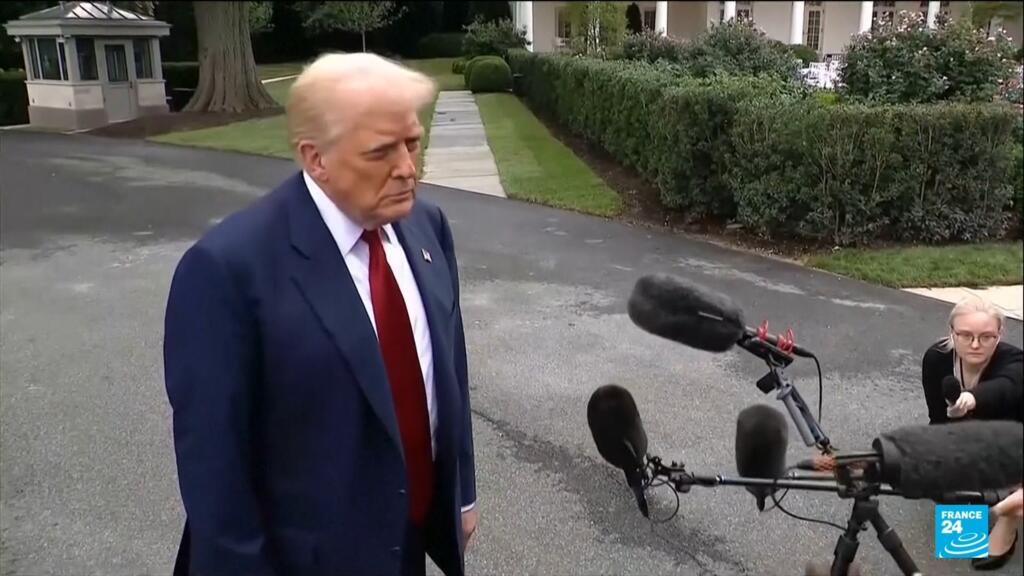Washington. Highlighting the success of India’s ‘Operation Sindoor’, the US Defense Experts suggested that Washington can learn from the success of New Delhi and adopt some changes in the defense manufacturing process for its needs. In his detailed analysis for Small Wars Journal (SWJ), which is titled ‘Call for India’s awakening: Why should US defense reforms match modern war’, lead US defense analyst John Spencer and former president of New York Mercantile Exchange and Vincent Vincent Viola, who has also worked in the 101st airbourne development, called India’s physical master, which has also worked in the 101st airbigon, which has also worked in India, which has also worked in India, The United States can learn a lot.
Both said in their analysis that the United States is required for extensive changes in defense reforms. He mentioned that today’s war, and the horizon and even more cruel war will not be won by the thinking of bureaucracy, but to win it, they have to bring them forward who can think fast, can decide fast, build faster and fight better. With this, above all, those who are skillful in the fatal physics required in the modern battlefield.
He wrote, “India has just proved what it looks like.” Spencer and Viola, the president of the Urban War Study at the Modern War Institute, described India as a ‘compiling model’ and told how the ‘Make in India’ initiative launched by Prime Minister Narendra Modi in 2014 proved to be a revolutionary step in improving India’s defense sector, in which a decade later saw the result of heavy investment during Operation Sindoor.
Experts wrote in their SWJ article, ‘Operation Sindoor’ was not just a quick and accurate military reply to the terrorist attack across the border, but it was a strategic turn. In just four days, India attacked with accuracy, speed and tremendous impact on hard -boundary goals using domestic developed defense systems and equipment. No American system, no foreign supply lines. Only BrahMos missiles, Akashtir Air Defense Units and indigenous battle equipment through which India achieved this target.
He added, “India’s tremendous success demonstrated a much more permanent thing than air power. It recognized the national defense theory based on efficient domestic industrial power. And most importantly, it gave a clear message to its strategic rival. Pakistan, which was completely dependent on China, was defeated in the case of weapons and other war theories. India did not win just in sindoor. It demonstrated tremendous military superiority against the Chinese -backed opponent. ”
Highlighting the success of BrahMos supersonic cruise missiles, AI-acquired air defense control system, drones and long-range autonomous loking weapons during Operation Sindoor, analysts estimated that these systems were not an ordinary prototype, but were deployed, tested and authenticated in a real war. Both said that India not only dominated the sky of Pakistan, but also gave a new definition to regional resistance.
He wrote, “India has increased from 30 percent to 65 percent from domestic sources to 65 percent, and aims to take it up to 90 percent by the end of this decade. It has increased capital expenditure for domestic production from $ 6 billion to $ 6 billion in 2019-2020 to about $ 20 billion. Could not only talk about reforms and also won.
Experts called upon the US to establish a permanent, deployable teaching teams, urging not only to revive its defense industrial power, but also to maste him with large -scale speed and stability, which is designed to collect lessons from media reports, not to learn a lesson from media reports, but to collect directly from the ground level. The top urban warfare experts believe, “These teams will have to work forward. America will have to make its defense ecosystem the most efficient, adaptable and impressive in the world.”


